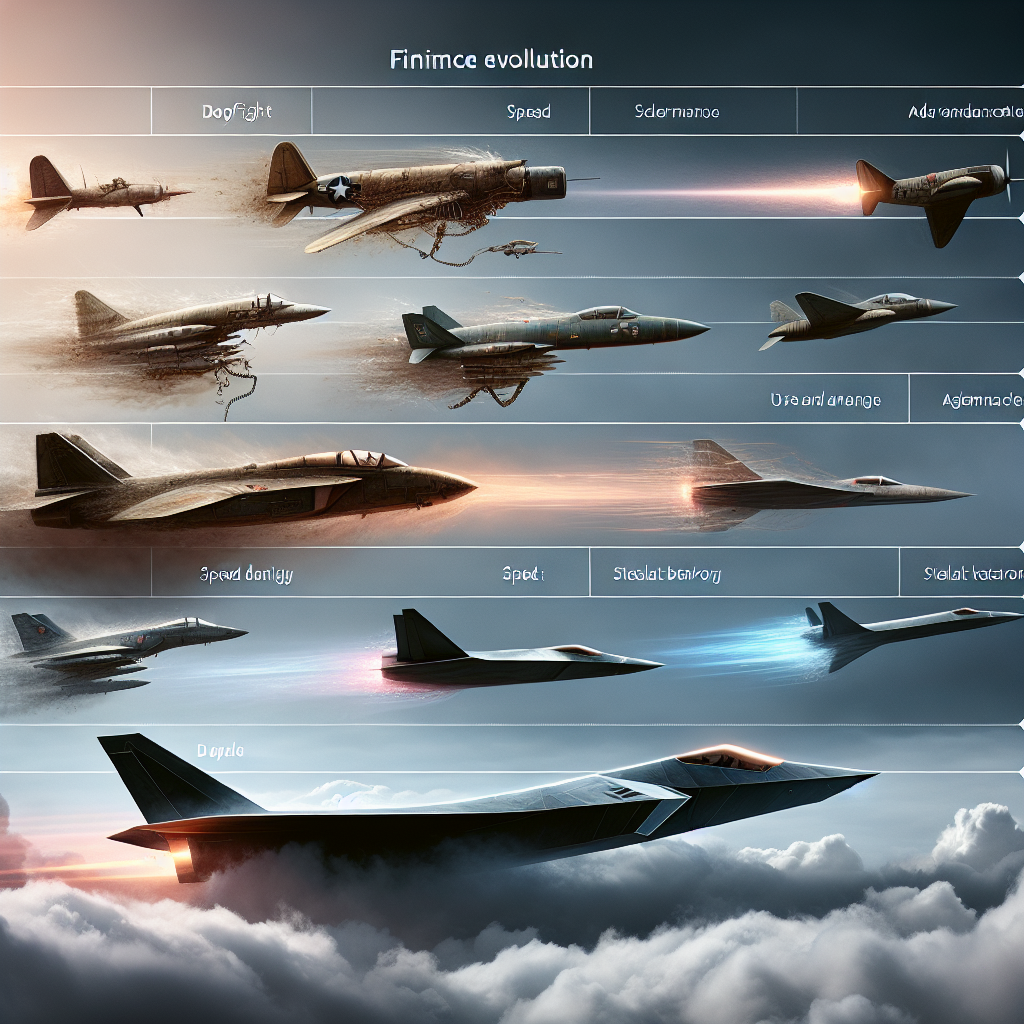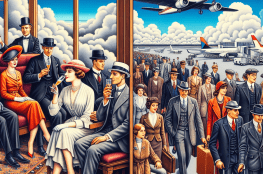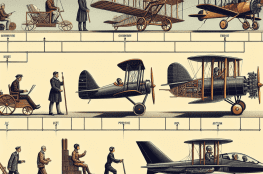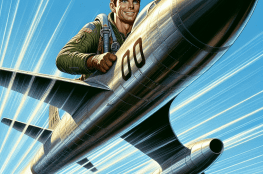The Evolution of Fighter Jets: From Dogfights to Stealth Technology
Since their inception, fighter jets have undergone a whirlwind of evolution. From the early days of dogfights that defined aerial combat during the World Wars, to the stealthy, high-tech marvels of modern aviation, these flying machines have played a pivotal role in shaping military strategies and capturing the public’s imagination. Buckle up as we take a thrilling journey through time, exploring the advancements and milestones in the evolution of fighter jets.
The Dawn of Fighter Jets: The World War Era
Before the age of jets, biplanes like the Sopwith Camel and the Fokker Dr.I were the titans of the sky. They ruled the dogfights with their agility and machine gun fire. However, the frailty of these open-cockpit biplanes rendered them vulnerable and marked the necessity for more robust and faster aircraft.
As World War II loomed, the shift to powerful propeller-driven fighters such as the P-51 Mustang and the Supermarine Spitfire marked a significant overhaul. These aircraft boasted advanced aerodynamics, more substantial firepower, and better maneuverability.
The Jet Age: Breaking the Sound Barrier
The post-WWII era marked the beginning of jet propulsion in fighter aircraft. This change wasn’t just an upgrade; it was a revolution. The advent of the Messerschmitt Me 262, the world’s first operational jet fighter, provided a glimpse of speed and firepower that propeller-driven aircraft could only dream of.
However, the real quantum leap came when pilot Chuck Yeager shattered the sound barrier in the Bell X-1 in 1947. This milestone unlocked the potential for fighter jets to operate at supersonic speeds, giving birth to legends like the F-86 Sabre and the MiG-15.
The Supersonic Era: Speed and Maneuverability
The Cold War era is often dubbed the golden age of fighter jets. This period witnessed an arms race between superpowers, leading to the development of supersonic aircraft that could zip through the skies at breakneck speeds. Classic examples include:
- F-4 Phantom II: Renowned for its versatility and saw extensive action during the Vietnam War.
- MiG-21: The Soviet workhorse known for its speed and simplicity.
- F-14 Tomcat: Famously featured in Top Gun and known for its agility and complex radar.
These jets were engineered with advanced radar systems, air-to-air missiles, and increased payload capacities, enhancing their role not just as dogfighters but also as multi-role combat aircraft.
Stealth Technology: Invisible and Invincible
As radar technology improved, it became crucial for fighter jets to evade detection. Enter stealth technology. Engineers began developing aircraft with unique shapes and materials designed to reflect radar waves away from enemy radar systems. The F-117 Nighthawk, introduced in the 1980s, was the first operational aircraft to fully utilize stealth technology, looking more like a sci-fi spacecraft than a conventional jet.
Modern-day marvels like the F-22 Raptor and the F-35 Lightning II continue to push the boundaries, combining stealth with advanced avionics, sensor fusion, and supercruise capabilities. These jets can detect, track, and engage enemy targets long before being noticed, giving pilots an unparalleled tactical advantage.
The Future of Fighter Jets: Hypersonic and Autonomous
So, what’s next in the thrilling saga of fighter jets? The future promises even more groundbreaking advancements. Hypersonic jets that can travel at speeds exceeding Mach 5 are already in the testing phases. Autonomous drones capable of high-speed dogfights without human intervention are also under development, potentially redefining the rules of aerial combat.
To get a sneak peek at these futuristic technologies, check out this exciting YouTube video.
Conclusion: The Sky’s the Limit
From the frail biplanes of the World Wars to the virtually invisible stealth fighters of today, the evolution of fighter jets is a testimony to human ingenuity. As technology continues to advance at a rapid pace, the future of fighter jets promises to be just as thrilling, keeping our eyes glued to the skies and our imaginations soaring.
Whether you’re an aviation enthusiast, a history buff, or just someone who loves a good underdog story, the evolution of fighter jets offers something for everyone. Stay tuned and keep your seatbelts fastened—this is one journey that’s far from over!



